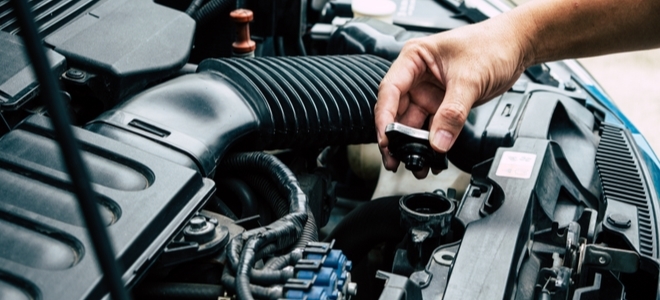CUMMINS DFSK DFM DFAC DONGFENG TRUCK PARTS DFL4251 DFL3251 5258744 DONGFENG XIAOKANG DONGFENG MINIBUS K17 5266969 5272666 5293669 5264757 5263374 5288908


CUMMINS DFSK DFM DFAC DONGFENG TRUCK PARTS DFL4251 DFL3251 5258744 DONGFENG XIAOKANG DONGFENG MINIBUS K17 5266969 5272666 5293669 5264757 5263374 5288908



A car's radiator helps keep your car's internal machinery at an acceptable temperature. When the radiator is not functioning optimally, your car can suffer damage that requires repair.
The Job of the Car Radiator
The radiator is critical to your car's cooling system—its main goal is preventing overheating. It does this by constantly pumping cold air, cycled coolant, and water to the engine.
Telltale Signs of Car Radiator Problems
There are a few signs to watch out for that will let you know the radiator is in need of attention.
Overheating
When the radiator is not functioning properly, this means the engine is not being cooled. That leads to the engine overheating, which affects car cabin temperature. An overheating engine therefore makes for an uncomfortable drive. If you notice your car is too hot, get it checked out right away. Overheating is dangerous to engine components and can lead to expensive damage.
Leaking Coolant
A simple check under the car will show signs of leaking coolant. Leaks can come from a variety of places on the radiator. If you see a pool of green or yellow liquid, you have a leak that needs immediate repair.
Coolant Light
When the "low coolant light" pops up on the dashboard, coolant needs to be added. It can also mean there's a hidden leak, especially if you recently topped up your fluids. Either way, to be safe, have a mechanic check it out.
Gunk Buildup
When a radiator is not functioning properly, it can affect the coolant in a negative way, turning it into a brown goo. Sludgy coolant can't make its way to the engine as efficiently, resulting a buildup of the substance on the radiator. This is another dangerous situation that can impact both the engine and the transmission.
Collapsed Radiator Hose
In the event the radiator breaks, it can also cause the hose to collapse or break (hoses can also break independent of their radiator).
Steam Emission
If you see steam seeping out around the hood or under the car, this means radiator trouble. Turn off the car and have it towed to the nearest reliable mechanic. Continuing to drive under these conditions can lead to additional damage.
Safety
When any of the above situations occur, the first thing you may want to do is pop the hood and inspect the radiator. Unless you notice the pool of coolant under the car or the "low coolant" light flashes on as soon as you start the car, do not attempt to check the radiator. If the car has been running, the components could be hot to the touch. Always let the car cool completely before doing any inspection that will require touching any of the car's components.
If you don't already have a roadside assistance membership, it's a good idea to invest in one in case your radiator gives out while you're out and about. To the extent possible, you should never drive a car when its radiator is experiencing issues.
Checklist
Maintain a checklist of things to take a look at on your car between maintenance visits. From colored fluid on the ground, to gunky coolant buildup, spotting the signs of trouble early will help keep your car costs to a minimum.